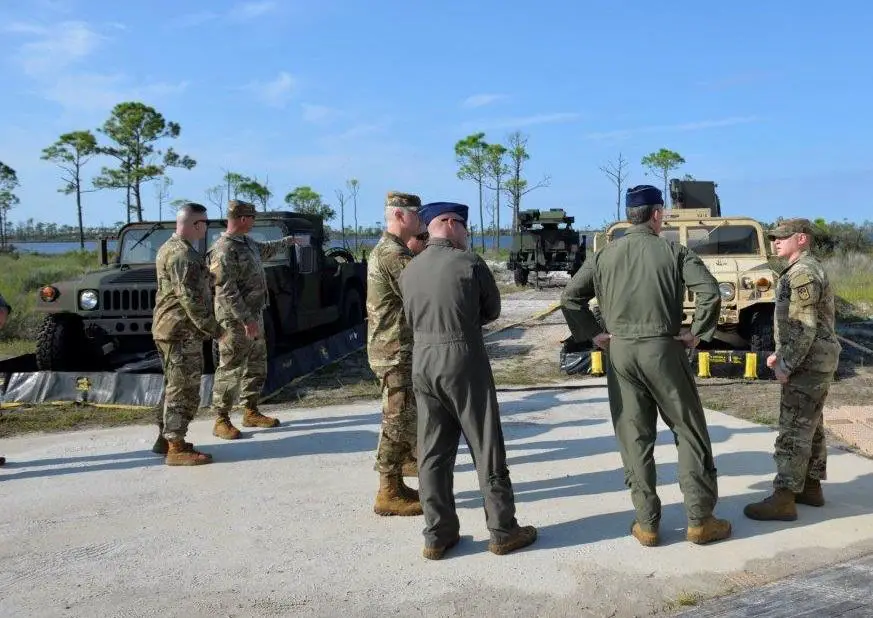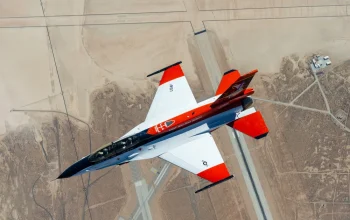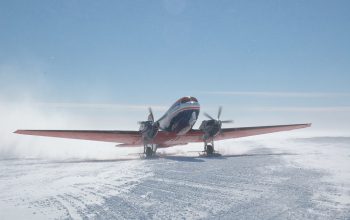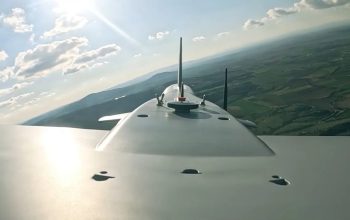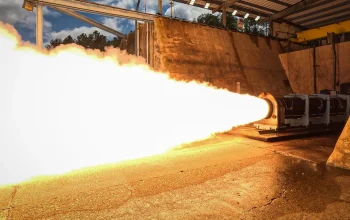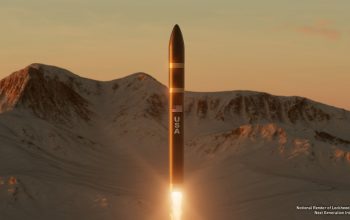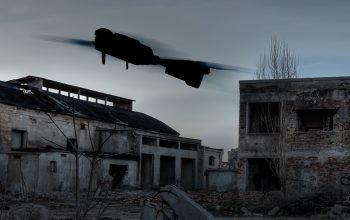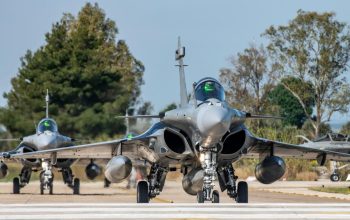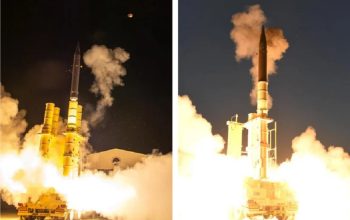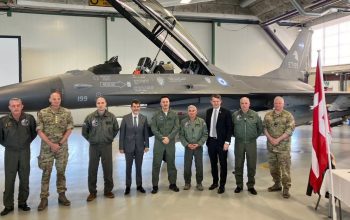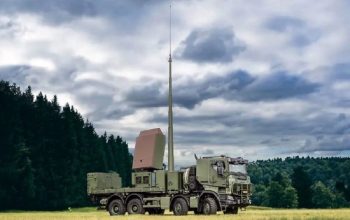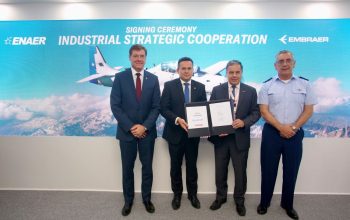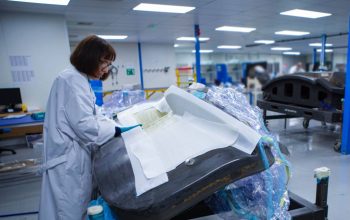In the world of air and missile defense, the further away a possible threat can be accurately detected and rapidly identified, the more time decision makers will have to respond. With that in mind, Air Forces Northern here teamed up with the 263rd Army Air and Missile Defense Command from Anderson, S.C., and the U.S. Army Combat Capabilities Development Command Aviation & Missile Center from Huntsville, Alabama, to conduct a Deployable Integrated Air Defense System (D-IADS) Technology Demonstration featuring enhanced capabilities Sept. 12-23 here. The demonstration was conducted to validate the system’s deployment procedures and to validate an advanced electronic identification capability, known as Joint Multi-platform Advanced Combat ID (JMAC), into North American Aerospace Defense Command (NORAD)’s D-IADS.
“The D-IADS Tech Demo was an opportunity to get after multiple technical goals relevant to U.S. Continental NORAD Region’s homeland defense mission, to include combat identification, tactics development, and deployment of the complete D-IADS package,” said Maj. Zachary “Clutch” Darnell, Chief of the1st Air Force Strategic Programs Division.
“We have a highly trained air and missile defense team. These enhanced capabilities are designed to gain additional air domain awareness while decreasing the time required to identify potential threats. This provides decision makers more time to employ various defensive response options,” said Lt. Gen. Kirk Pierce, commander of U.S. Continental NORAD Region, and commander of 1st Air Force (Air Forces Northern and Air Forces Space).
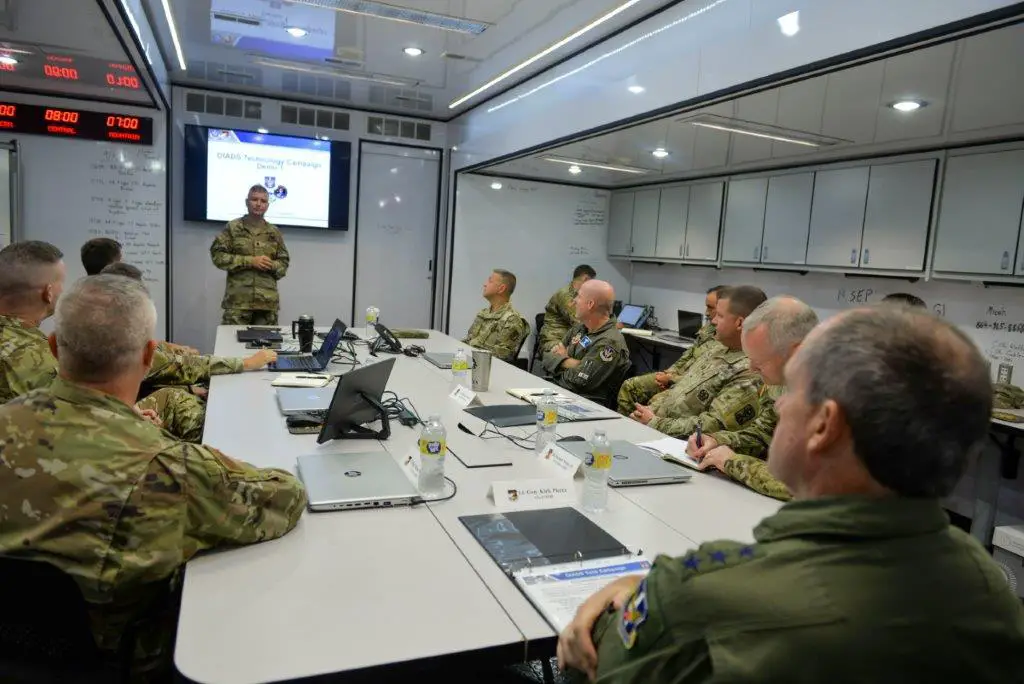
JMAC is designed to increase battlespace awareness by enhancing threat identification and therefore providing leaders more decision time. Also supporting the tech demo were five Airmen from the Georgia Air National Guard’s 283rd Combat Communications Squadron located at Dobbins Air Reserve Base, Ga. The 283rd‘s mission is to provide deployable communications and information capabilities to deployed forces. The technical demonstration kicked off with a site visit to one of the Tyndall radar locations by Pierce and Brig. Gen. Richard A. Wholey, 263rd AAMDC deputy commanding general, to view some of the equipment used for the demonstration. For the demonstration, the 263rd AAMDC provided two U.S. Army Improved Sentinel Radars, a National Advanced Surface-to-Air Missile System (NASAMS) launcher, and a Command and Control (C2) mobile suite, along with approximately 70 support personnel.
The Sentinel radars, positioned at disparate locations on the expansive base, surveilled airspace and then identified a variety of simulated aerial threats representing enemy missiles and aircraft. The radars provided data to a C2 suite where air defenders were poised to employ countermeasures – in this case the NASAMS (the National Advanced Surface-to-Air Missile System) – to defeat the threat. The enhanced capabilities have a potential to integrate a variety of typically “stand-alone” sensors with various sensor modalities, not only in the U.S., but in partner commands overseas. Data taken during the two-week demonstration will be assessed to determine the overall performance of D-IADS and the enhanced capabilities. Near-peer competitors continuously look to gain technological advantages while the DoD remains committed to advancing its capabilities to stay ahead of emerging threats.
